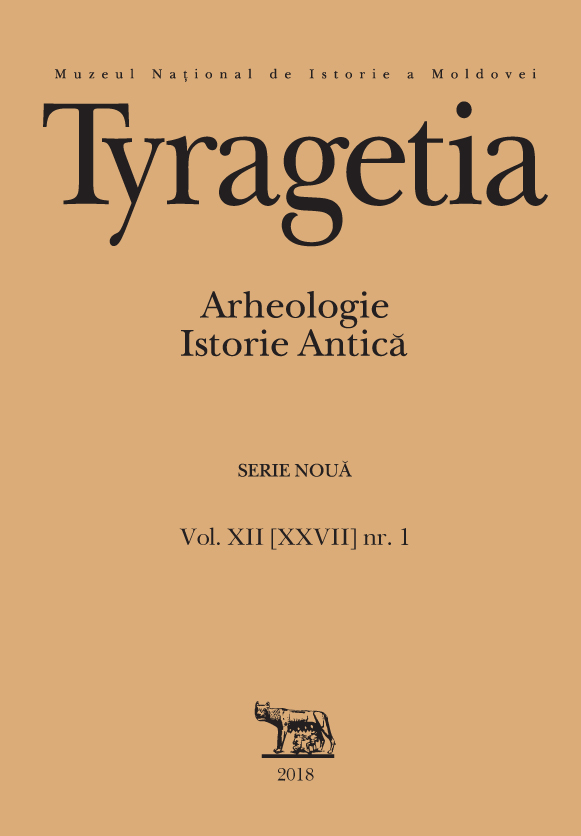Рыцарское надгробие из Королёвского замка Нялаб
Knight’s tombstone from Korolevo castle of Nyaláb
Author(s): Igor Prohnenko, Maria ZhilenkoSubject(s): Middle Ages
Published by: Muzeul Naţional de Istorie a Moldovei
Keywords: Knights’ tombstones; Korolevo castle of Nyaláb; Perényi; Giovanni Dalmata;
Summary/Abstract: A fragment of a knight’s tombstone, a massive piece of marbled limestone bas-relief, has been discovered at the floor level under the walls’ debris during a study of room 3 of the castle of Nyaláb in Korolevo. Similar monuments appeared in Europe on the turn of the 13th - 14th centuries, while in the Carpathian region they were known since the last third of the 15th century.Tombstones depicting a full-height knight on his deathbed were wide-spread in Hungarian Kingdom during the last years of reign of King Matthias Corvinus and were associated with the workshop of the royal court sculptor from Italy Giovanni Dalmata. They are divided into three chronological groups.The first group dates from the 1480s and differs in that the deceased is depicted in Gothic plate armor with a lion at his feet and the coat of arms that angels usually hold. The most characteristic of the group are the tombstones of the following noblemen of King Matthias: Szapolyai Imre, Perényi István, and Pálóczi Imre.The second group has a more realistic depiction of details: the naturalistic image of the deceased on his deathbed, the lion lies in a natural position, and the shield rests on the sword. This group chronologically varies from the last decade of the 15th century to the first years of the 16th century and is represented by the bas-reliefs of Báthory István, Kinizsi Pál, and Beriszló Bertalan. The recently discovered tombstone of Perényi János from Korolevo belongs to this group in terms of style and quality of work.The third group is stylistically diverse. Although it is based on the traditions of previous groups, the quality of work here is worse. It dates from the first third of the 16th century.
Journal: Tyragetia (Serie Nouă)
- Issue Year: XII/2018
- Issue No: 1
- Page Range: 347-359
- Page Count: 13
- Language: Russian

